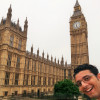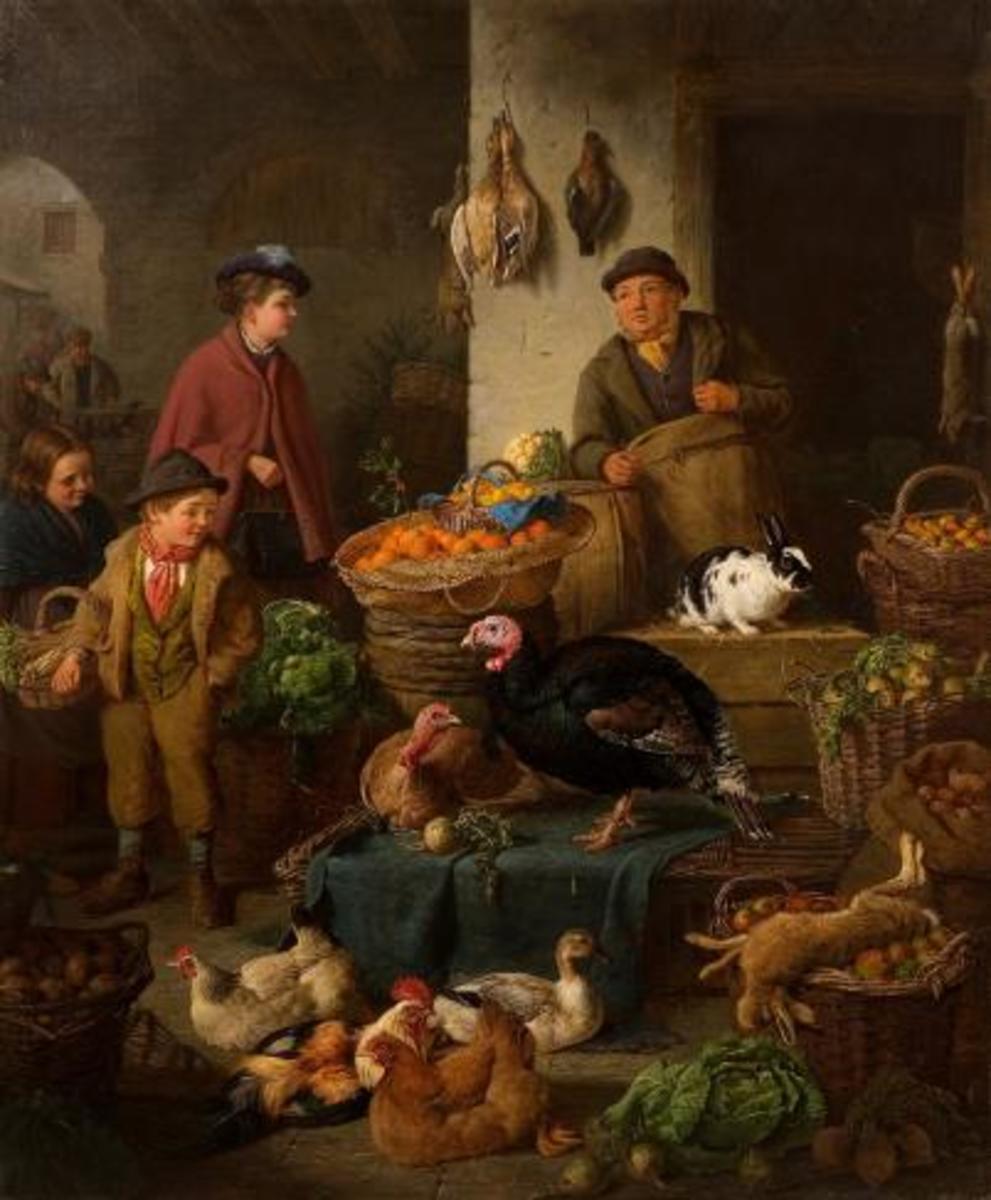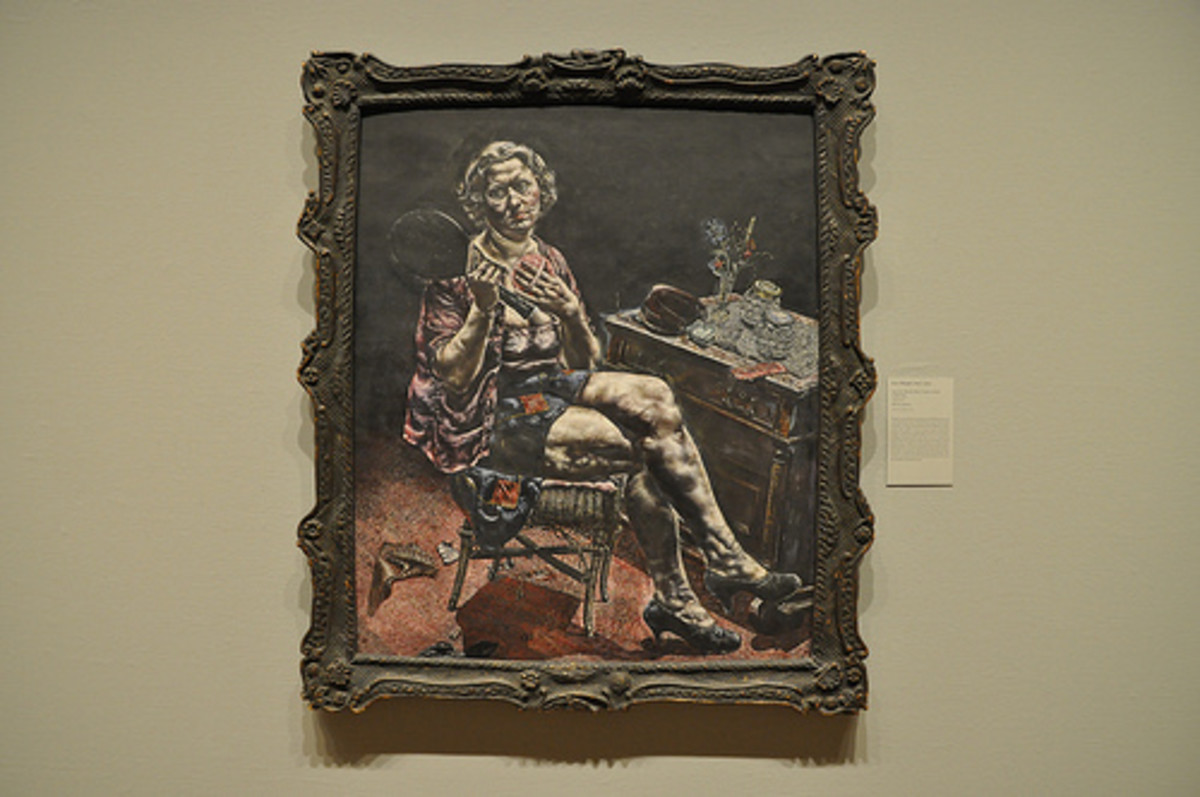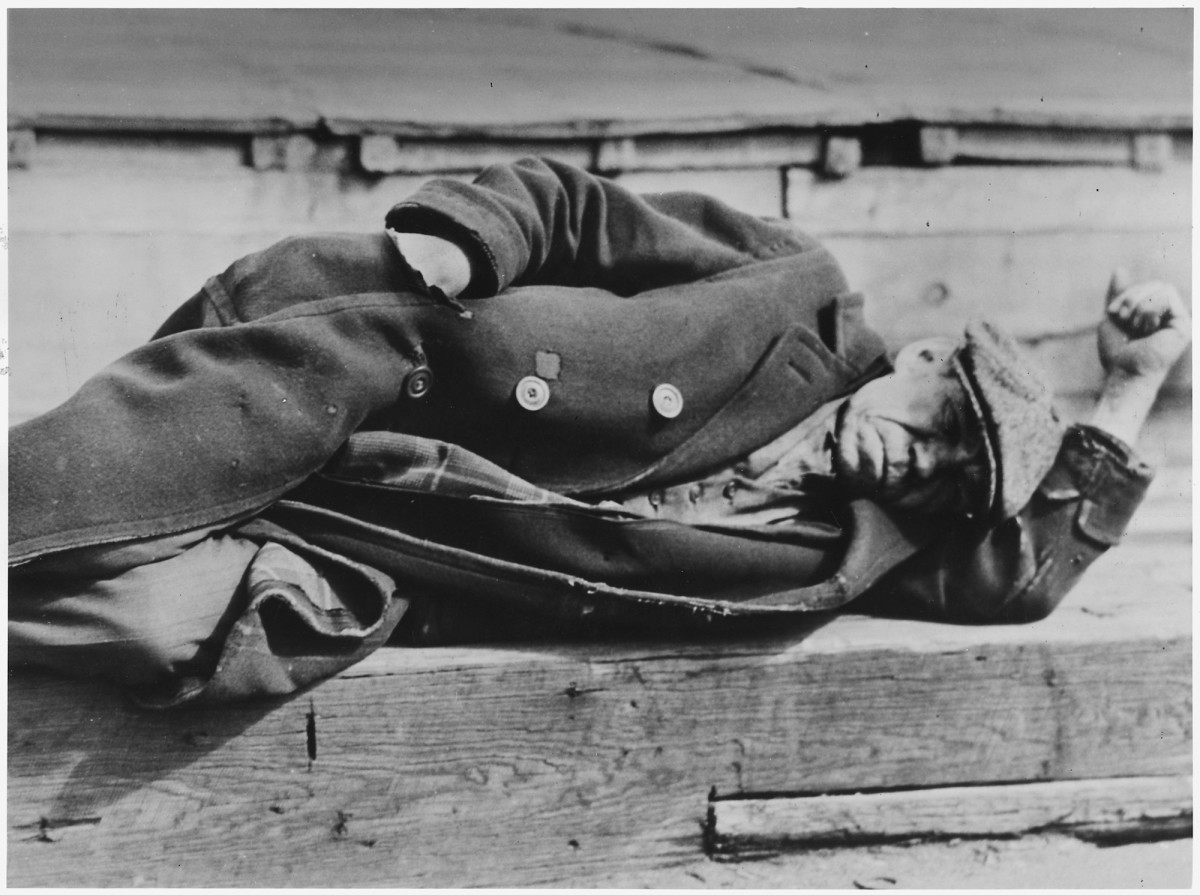Obama's Lipstick - Visual Analysis of Time Magazine Cover

Literally speaking, photography is synonymous with writing or drawing with light. It is little wonder then that reading photographs is a similar activity to reading other texts. It follows that since reading a language requires a linguistic ability, reading a photograph also stipulates that the reader has a certain level of visual literacy.
Hence, visually literate readers are endowed with the ability to read photographs and synthesize the meaning that they communicate. The variety of meaning that they confer is referred to as “visual rhetoric”. Thereby, readers gain a form of visual awareness that helps them understand how images communicate, reflect and define cultural meaning.
Therefore, visual symbols just like verbal symbols are rhetorical. For instance, on the visual symbolism of the US flag, Supreme Court Justice John Paul Stevens notes: “The flag uniquely symbolizes the idea of liberty, equality, and tolerance – ideas that Americans have passionately defended and debated throughout history. The flag embodies the spirit of our national commitment to those ideals.” Thus, visual symbols can unite people under shared ideals, and shape their identity and their culture.
Whereas some think that photographs are objective recordings of reality, the way these are taken can shape beliefs and attitudes about it. Therefore, images are not only reportorial, but also rhetorical. Images offer a direct presentation of an event in front of an audience’s consciousness instead of a discursive description. Ergo, the audience is able to virtually witness and experience the event.
People in a visual culture not only read words, they also look at and interpret images. Visual rhetoric scholars Kevin Michael DeLuca and Anne Teresa Demo contend that images “are important not because they represent reality, but create it”. As a result, it is recommended that when people analyze visuals that they ask “what do the images do?” and “What do the images want?” That is to say, what attitudes do they want the audience to adopt towards the world? And to what particular direction do they draw the audience’s attention? Thus, an image depicting a stylish person using a product does not merely show the use of the product. It also aims at making you see yourself using it in order to look like the stylish person.
To analyze a visual form such as an image, compositional interpretation of aesthetic elements is involved; this includes:
1) Content;
2) Color;
3) Spatial organization;
4) Light; and
5) Expressive content.
The image for analysis in this article is one of the Time Magazine covers and it is entitled: “Obama: Same Lip Service … New Lipstick Though”. The image clearly does not reflect only the president wearing oddly a lipstick, but as it was discussed above, it is assumed that the oddity conveys a message to the audience, and expects the latter to respond in certain ways. To analyze the rhetoric of this visual form, let us use the above-mentioned aesthetic elements for interpretation.
In terms of content, the image displays a close-up of President Barack Obama where he is wearing red lipstick and putting on a smirk on his face. The look in his eyes confers ironically confidence, stability, and consistency.
The colors that are accentuated in the image are red represented embedded in the lipstick, white in the background, and blue the President’s suit. Charles Thompson, Secretary of the Continental Congress explains what the aforementioned colors symbolize:
"The colors of the pales (the vertical stripes) are those used in the flag of the United States of America; White signifies purity and innocence, Red, hardiness and valor, and Blue, the color of the Chief (the broad band above the stripes) signifies vigilance, perseverance and justice."
Let us turn now to the component of spatial organization which entails form, shape and geometrical perspective, and which aims at drawing attention in a particular direction.
The white color representing purity and innocence is placed in the backdrop, whereas the red which refers to determination and tenacity is in the front but placed on lips in reference to paying a lip service. The blue color, reminiscent of power and authority is placed on the suit, which may connote disguise as in “a wolf in sheep’s clothing”.
As regards to light, it emanates from the background of the image; an allusion that may insinuate the fact that purity and innocence are far-fetched. Thus, the expressive content or the feelings evoked by such an image are feelings of skepticism, cynicism and distrust.
The image smacks of hypocrisy and artificiality. In fact, there is a rhetorical expression which encapsulates these traits and which conveys the message that making cosmetic changes to disguise the real nature of a product, in this case, that of a person is useless. Oddly enough, this expression was used by Barack Obama himself during the United States Presidential Elections of 2008. The expression reads as follows: “You can put lipstick on a pig, but it is still a pig”.








